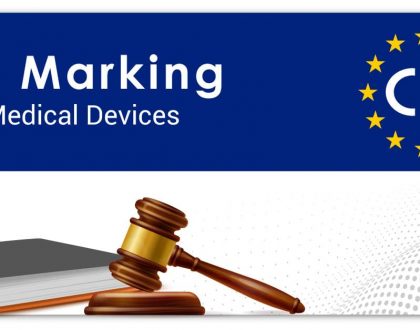Some IVDs and Radiology devices to be exempt from FDA 510(k)

by admin
The FDA (US Food and Drug Administration) has announced plans to ease the pre-market notification, or 510(k), requirements for certain in-vitro diagnostic (IVD) and radiology devices with well established safety and effectiveness profiles.
In a draft guidance document, the agency has listed 30 different device types that it intends to exempt from 510(k) notification requirements through the appropriate regulatory processes.
Stakeholders had until October 2011 to submit feedback on the guidance, which includes devices for which FDA believes that a less stringent oversight would not compromise public health and safety. These include common urine and blood tests, alcohol breath tests, blood clotting protein tests and radiology device accessories such as film cassettes, film processors and digitisers.
The majority of devices listed in the guidance document are currently medium risk (class II) or low risk (class I), with respect to class II devices, the FDA intends to propose their down-classification and exemption from the 510(k) review, while class I devices it will propose an amendment to the classification regulations to exempt these devices from the 510(k) requirements.
These devices, however, would be still subjected to other requirements such as those pertaining to labelling, good manufacturing practises, and medical device reporting.
Until the FDA proposes and finalises such down-classification and exemption, it will exercise enforcement discretion with regard to 510(k) submission requirements for these devices.
This means the FDA do not intend to enforce the 510(k) requirements with respect to the devices listed in the guidance document provided that they do not exceed the limitations on exemption specified in the classification regulations.
To view the draft guidance document, visit the FDA website. For assistance obtaining US FDA clearance, contact KD&A.
Recommended Posts

January 2024 Updated Guidance – System or Procedure Packs
February 28, 2024

Guidance on the vigilance system for CE-marked devices and the Device Specific Vigilance Guidance (DSVG) Template
February 19, 2024

TGA Fees and Charges Proposal 2024-25
February 1, 2024
